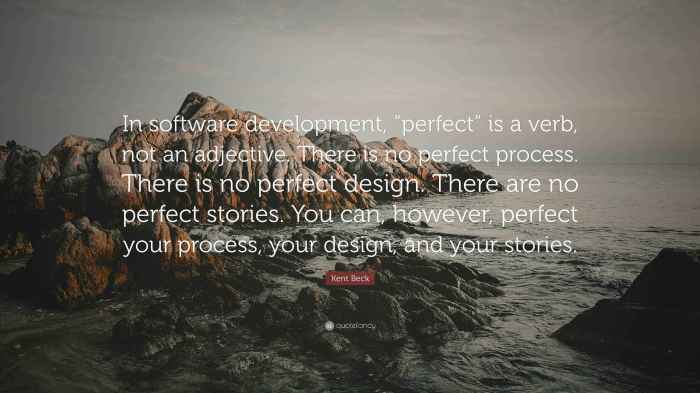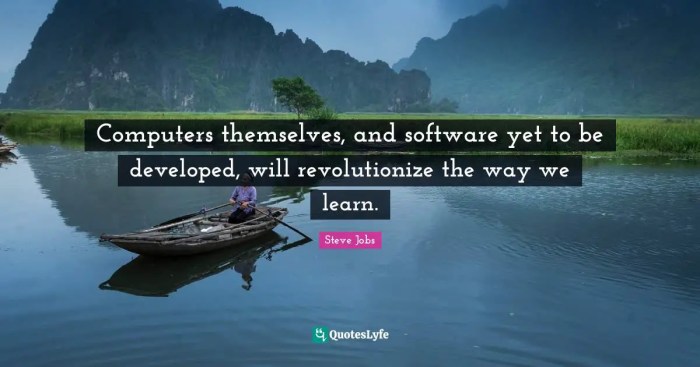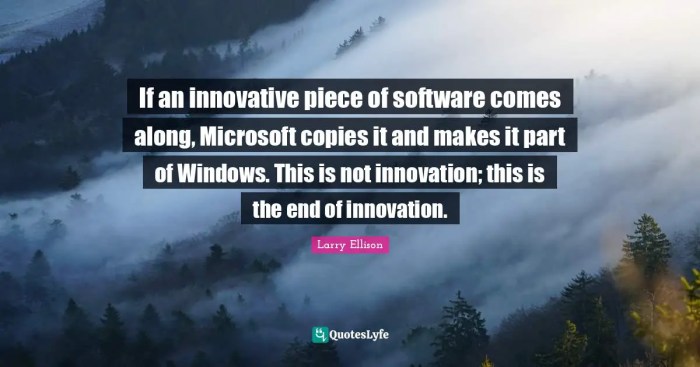In today’s rapidly evolving technological landscape, computer vision has emerged as a pivotal innovation, driving numerous applications across various sectors. From autonomous vehicles to healthcare diagnostics, the ability to interpret and understand images and video has transformed the way businesses operate. This article delves into the nuances of computer vision software development services, providing a detailed overview that is both informative and -friendly.
What is Computer Vision?: Computer Vision Software Development Services
Computer vision is a field of artificial intelligence that enables computers to interpret and process visual data from the world. It encompasses several tasks, including:
- Image recognition
- Object detection
- Image segmentation
- Facial recognition
- Motion analysis
By leveraging machine learning algorithms, computer vision systems can learn from visual inputs and improve their accuracy over time, making them invaluable in numerous applications.
Importance of Computer Vision Software Development Services
The demand for computer vision software development services has surged as businesses seek to enhance efficiencies and create innovative solutions. Here are some reasons why these services are critical:
- Enhanced Decision Making: Computer vision systems provide real-time data analysis, allowing businesses to make informed decisions quickly.
- Cost Efficiency: Automating visual tasks reduces the need for manual labor, leading to significant cost savings.
- Improved Accuracy: Machine learning models minimize human error, ensuring greater precision in tasks like quality control.
- Competitive Advantage: Companies that adopt computer vision technologies can differentiate themselves from competitors by offering innovative products and services.
Key Components of Computer Vision Software Development
The development of computer vision software involves multiple stages, each critical to creating effective and efficient solutions. Here are the key components:
1. Data Collection and Preprocessing
The first step is gathering a diverse set of images to train the computer vision model effectively. This data must be preprocessed to enhance quality and remove noise. Techniques used include:
- Image resizing
- Normalization
- Data augmentation
2. Model Selection and Training
Choosing the right model is crucial for successful implementation. Some popular frameworks and libraries used include:
- TensorFlow
- Keras
- OpenCV
- Pytorch
Once a model is selected, it undergoes training using the preprocessed data. This process involves adjusting the model parameters to minimize the error in predictions.
3. Testing and Validation
After training, the model must be tested using a separate dataset to ensure it performs accurately in real-world scenarios. Validation metrics such as precision, recall, and F1-score are evaluated during this stage.

Source: quotefancy.com
4. Deployment
Once validated, the software can be deployed in various environments, whether on-premises or in the cloud. Continuous monitoring and updates are essential to maintain optimal performance.
Applications of Computer Vision
Computer vision is applied across numerous sectors, showcasing its versatility and effectiveness. Some notable applications include:
- Healthcare: Analyzing medical images for early diagnosis of diseases.
- Automotive: Enabling autonomous driving systems through object detection and navigation.
- Retail: Enhancing customer experience through facial recognition and inventory management.
- Agriculture: Monitoring crop health using drones equipped with imaging technology.
Choosing the Right Computer Vision Software Development Partner
Selecting a reliable software development partner is critical for successful project execution. Consider the following factors:

Source: quoteslyfe.com
- Expertise: Look for companies with proven experience in computer vision projects.
- Portfolio: Evaluate their previous work and success stories.
- Client Reviews: Check testimonials and ratings from past clients.
- Support and Maintenance: Ensure they offer ongoing support post-deployment.
Frequently Asked Questions (FAQs)
What industries benefit from computer vision?
Industries such as healthcare, automotive, manufacturing, retail, and agriculture significantly benefit from computer vision technologies.

Source: quoteslyfe.com
How long does it take to develop a computer vision application?
The development timeline varies based on project complexity, but it typically ranges from a few weeks to several months.
What are the costs associated with computer vision software development?
Costs can vary widely depending on project scope, technology stack, and the experience of the development team. It’s essential to get a detailed quote based on your specific requirements.
Can computer vision software work in real-time?, Computer vision software development services
Yes, many computer vision applications are designed to operate in real-time, processing visual data as it’s captured.
Conclusion
As computer vision technology continues to evolve, its potential to enhance business operations and drive innovation is undeniable. Investing in computer vision software development services can position your organization at the forefront of this technological revolution. If you’re looking to leverage the power of computer vision in your business, contact us today to discuss how our expert team can help you achieve your goals.
Helpful Answers
What industries benefit from computer vision software?
Industries such as healthcare, automotive, retail, and security heavily benefit from computer vision software, enhancing operations and customer experiences.
How long does it take to develop computer vision software?
The development timeline varies based on project complexity, typically ranging from a few weeks to several months.
What are common challenges in computer vision development?
Common challenges include data quality, algorithm accuracy, and the need for substantial computational resources.
Can computer vision software be integrated with existing systems?
Yes, computer vision software can often be integrated with existing systems, enhancing functionality without requiring a complete overhaul.
What skills are needed for computer vision software development?
Essential skills include proficiency in programming languages like Python or C++, knowledge of machine learning frameworks, and experience with image processing libraries.
